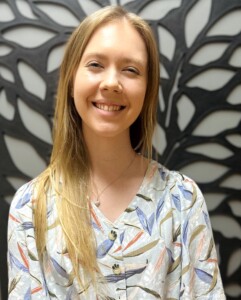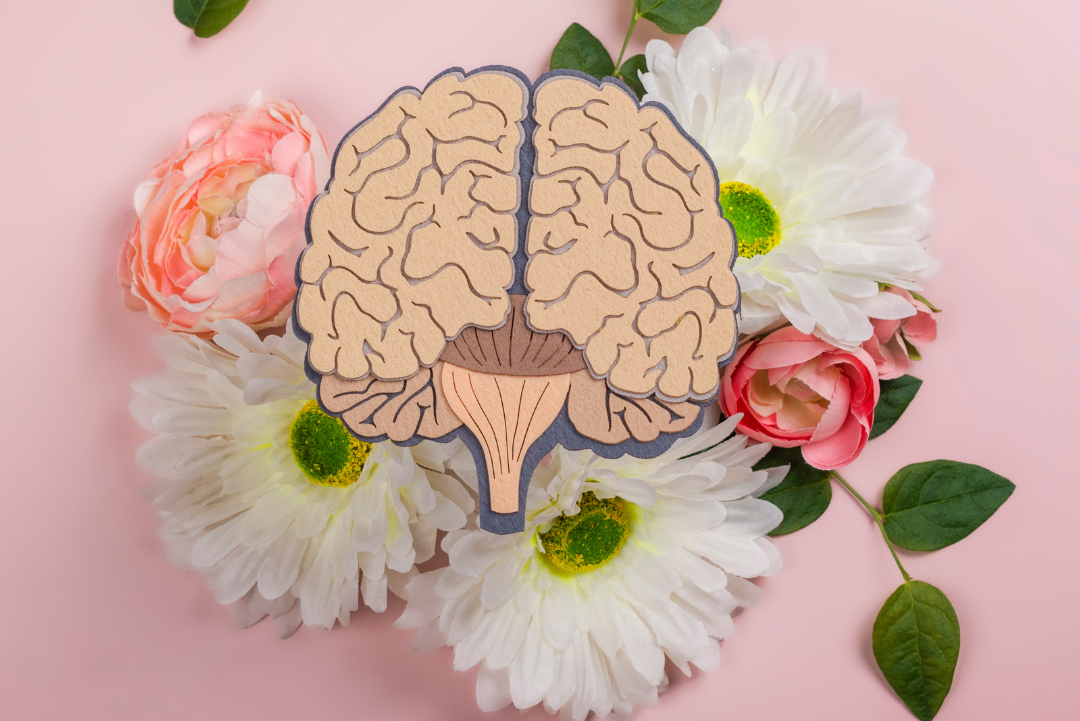Share This Story, Choose Your Platform!
Mental Health And The Arts
“The primary benefit of practicing any art, whether well or badly, is that it enables one’s soul to grow.” – Kurt Vonnegut Jr.
The arts have long been part of cultures globally. Think of the cave drawings of the Khoisan, or the colourful geometric patterns of the Ndebele people. Many cultures have traditional dances and songs, and since the dawn of time people have been sharing stories, passing them down from generation to generation. In modern-day society, the arts have expanded to include digital platforms. Drama, dance, music, and even visual art is shared worldwide via the internet. Art is all around us, and yet so many of us never tap into our creativity.
While the arts have been ingrained in humanity’s development, it is only recently that we have begun to investigate the incredible benefits of practicing creativity. Creative expression, whatever form it might take, can play a major role in healing and processing emotions because it engages all of our senses. According to the World Health Organisation’s constitution, health can be defined as “a state of complete physical, mental and social well-being and not merely the absence of disease or infirmity.” It is exactly this well-being that the arts are so uniquely suited to enhance.
There are many health benefits to engaging with the arts. It has been shown that the arts contribute in recovery form physical disease or injury, management of chronic diseases, and the prevention of diseases. The arts create an opportunity for collaboration and collective healing experiences. There are also a host of mental health benefits such as improved resilience, interpersonal skills development, higher self-esteem, stress reduction, behavioural management, and increased insight into one’s feelings and behaviour. Creative expression allows a person to increase their capacity to manage mental health and to better cope with their emotions. Neuroscientific studies have found that cortisol levels are reduced and that rewarding neurochemicals are released when we engage with art. It also allows us to enter flow states and to practice mindfulness.
Arts therapy has emerged as a relatively new approach to mental health care. There are four specialisations: art therapy, drama therapy, music therapy, and dance therapy. While these four specialisations each use a different modality, all of them aim to combine creative expression and the process of creation with psychological counselling or therapy. Many studies have been done into the effectiveness of arts therapy and it has been found that in addition to promoting overall psychological wellbeing, it is especially effective in decreasing anxiety, reducing symptoms of depression, promoting post-traumatic growth, reducing PTSD symptoms, managing chronic pain and fatigue from physical illness, and improving communications skills in people with autism spectrum disorder.
Art is especially useful in the process of healing from traumatic experiences Trauma does not only affect us on a psychological level, but it also has a physiological impact on our brains. Researchers have found that experiencing trauma can have a profound impact on Broca’s area in the brain. This impact can be equivalent to the impact of a stroke or physical lesions. Broca’s area is important for producing speech and language. A stroke in this area can result in aphasia or impaired speech. Similarly, the impact trauma has on our brains can make it impossible to fully express the experience and the feelings around it in words. Being able to remember and express one’s experience is often an important part of processing traumatic events. This can however be difficult if you are unable to put your feelings and thoughts into words. Art bypasses the language centres of the brain. Language is not needed to express oneself through art. This could explain why art is such an effective tool in the healing process.
You don’t have to go for art therapy or be remotely good at art in order to experience the benefits thereof. The point isn’t the end product, it’s about the process and the experience of creating something in whichever modality you choose. Setting time aside to be creative can be daunting if you don’t see yourself as an artist, but keep in mind that there are no rules. Embrace mistakes and have fun. If you don’t feel like making something permanent, playing with playdough might be a good option for you. That way you can focus on the process of sculpting without any pressure of making a perfect artwork that everyone will see since you can just squash it when you are done.
Another simple creative exercise you can try is bilateral drawing. To make a bilateral drawing, you need a piece of paper and two pencils (or anything you can draw with). Take a pencil in each hand and start scribbling. Move both hands at the same time, mirroring each other. It has been suggested that this technique is helpful for self-regulation and grounding. The idea is that because you are using both hands, both hemispheres of your brain are being stimulated. It also moves focus away from distressing thoughts and into the somatic experience of drawing.
Singing is another excellent way to promote physical and psychological well-being. Research has shown that signing releases more endorphins than simply listening to music. It helps to improve breathing, posture, and memory, can relieve pain and muscle tension, and could even enhance your immune system. Singing is even more beneficial if it is done in a group as it strengthens social bonds.
Creative expression comes in many forms. There might be something you are already doing that you could put a creative spin on. So, next time you’re feeling bad, play your favourite song and dance like no one is watching. Grab some paint and go wild. Design a clothing item. Be creative in the kitchen. It doesn’t have to be perfect, or even good, but it might just be the best medicine.
Author: Suené Wucherpfennig

References
Crown Counseling. (n.d.). 15+ art therapy effectiveness statistics and their significance for mental health. Retrieved 15 August, 2024, from https://crowncounseling.com/statistics/art-therapy-statistics/#:~:text=conditions%20and%20demographics.-,Studies%20show%20that%20art%20therapy%20helps%20in%20reducing%20symptoms%20of,and%20communication%20and%20social%20skills.
Launay, J. & Pearce, E. (2015, October 28). Choir singing improves health, happiness – and is the perfect icebreaker. The Conversation. Retrieved 15 August, 2024, from https://theconversation.com/choir-singing-improves-health-happiness-and-is-the-perfect-icebreaker-47619
Malchiodi, C. (2015, September 29). Bilateral drawing: self-regulation for trauma reparation. Psychology Today. Retrieved 15 August, 2024, from https://www.psychologytoday.com/za/blog/arts-and-health/201509/bilateral-drawing-self-regulation-trauma-reparation
Mariem, T. (2022, December 14). An unspeakable horror. Boston University. Retrieved 15 August, 2024, from https://sites.bu.edu/daniellerousseau/2022/12/14/an-unspeakable-horror/
Martin, B.H. (2020, June 11). Brain research shows the arts promote mental health. Retrieved 15 August, 2024, from https://ucalgary.ca/news/brain-research-shows-arts-promote-mental-health
McMath, A. (2023, April 19). The compelling impact of art therapy: 6 eye-opening statistics. Black Alphabet. Retrived August 15, 2024, from https://www.blackalphabet.org/post/the-compelling-impact-of-art-therapy-6-eye-opening-statistics
World Health Organisation (n.d.). Arts and health. Retrieved August 15, 2024, from https://www.who.int/initiatives/arts-and-health

